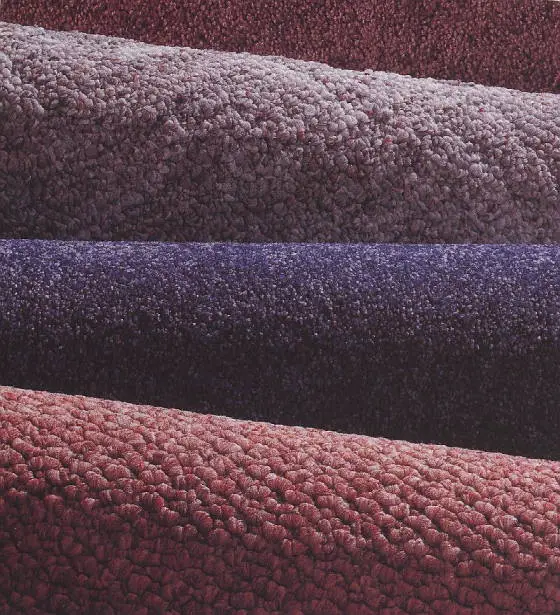Carpet Comparison Made Easy!

Carpet Comparison Made Easy!
DEAR TIM: My husband and I just returned from trying to buy wall to wall carpeting. What a nightmare! Can you help us? It is so confusing trying to compare different carpets, fibers, stain resistance, warranties, and padding. Also, I would like a really a soft floor, so should I have a really thick pad installed? L.M.
DEAR L. M.: I couldn't agree more with you concerning the difficulty of trying to select carpeting. Until recently, even highly experienced professional carpet buyers had difficulty really analyzing different carpets. The carpet industry is changing. Some manufacturers are disclosing the facts about each piece of carpet they make.
Testing standards have been developed by the Carpet and Rug Institute and independent testing labs that evaluate the type of fiber used in a carpet, the carpet's face weight (ounces of fiber per square yard), carpet fiber density, and the amount of twist each fiber has per lineal inch.
Carpet samples are then subjected to an actual walk test where it receives 20,000 foot steps by real humans. After this test, the carpet is compared to an original piece and a durability rating is assigned.
Most residential carpet is made from one (or a blend) of four fibers: nylon, polyester, olefin, and wool. All of these fibers can make a great carpet. Face weight is a common sense measurement, as more fibers are almost always better. Fiber density is a measurement of how closely packed carpet fibers are to one another. Carpets with high density tend to look better longer and will help give you that soft feeling you are looking for.
Carpet fiber twist is very important, primarily with cut pile types of carpet. Fibers that have more twists per lineal inch tend to make more durable carpeting. The 20,000 walk test is simple. Put the carpet on the ground and have people walk on it. It's a great way to see how a carpet will actually perform in real life.
Prior to this type of comparison, homeowners had to depend upon warranties, the feel of the carpet, and other things that are tough to measure. The new system, which is grabbing hold in the industry, should help to relieve your anxiety.
Stain resistance is sometimes misunderstood by homeowners. Carpet fibers are treated with clear chemicals that simply coat the individual fibers. This coating, however, can be compromised by many household solvents, cleaners, plant foods, etc. You must be very careful about what you spill on your carpet and how you clean up spills. Don't be an amateur chemist!
Finally, carpet padding is critical to carpet performance. Too much or too little can cause premature failure of many carpets. Many carpet manufacturers publish strict minimum and maximum padding thickness for their carpet. The best pads, believe it or not, are those that are thin and firm. Thick pads allow carpet to flex too much. Avoid padding thicker than 7/16 of an inch and you should be fine.